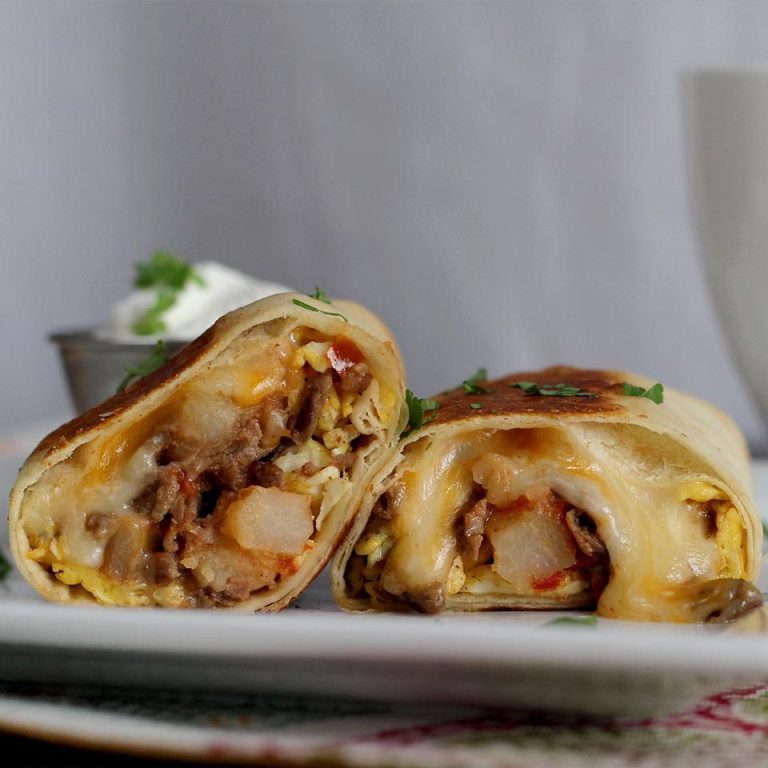Green Onion Cakes: Origins, Recipes, and Delicious Variations
Green onion cakes, also known as scallion pancakes, play a notable role in Chinese culinary traditions. They are often featured in street food markets and family gatherings. In China, green onion cakes are enjoyed during festive occasions and holidays, symbolizing prosperity.
In North America, particularly Edmonton, Canada, green onion cakes have become a local specialty, thanks to their introduction by Chinese immigrants. They are often served at festivals, restaurants, and even hockey games, reflecting their integration into Western cuisine.
Evolution of the Recipe Over Time
The basic green onion cake recipe includes flour, water, salt, and chopped green onions. Over time, variations have emerged, incorporating ingredients like sesame oil, garlic, and hot peppers for additional flavor. Modern adaptations have also led to gluten-free and vegan versions, catering to diverse dietary preferences.
In contemporary kitchens, you might find green onion cakes served with dipping sauces such as soy sauce, vinegar, or even chili oil. These innovations demonstrate how a traditional recipe can adapt while retaining its essential characteristics.
Key Ingredients in Green Onion Cakes
Role of Green Onions
Green onions, also called scallions, are critical for green onion cakes. The mild, fresh flavor of green onions contrasts the savory cake, enhancing its taste profile. Whether thinly sliced or chopped, green onions distribute evenly throughout the dough, ensuring every bite carries their distinctive aroma. The green parts offer a subtle sweetness, while the white parts provide a slight sharpness, creating a balanced flavor.
Choice of Flour and Other Additions
Using all-purpose flour is standard for green onion cakes. It forms the base of the dough, yielding a chewy, pliable texture. Some prefer cake flour for a softer result. Adding hot water when mixing the flour helps the dough achieve its characteristic elasticity. Sesame oil, another common addition, contributes a rich, nutty undertone. Garlic infuses a robust, savory essence while hot peppers introduce a spicy kick. For modern variants, gluten-free flours or vegan substitutes ensure accessibility for diverse dietary needs.
Cooking Methods and Techniques
Traditional Pan-Frying
Traditional pan-frying involves cooking green onion cakes quickly in hot oil. Heat vegetable oil in a skillet over medium-high heat. Place the prepared dough in the hot skillet. Cook each side for 2-3 minutes until golden brown and crispy. Make sure to avoid overcrowding the pan to ensure even cooking. Excess oil should be drained on paper towels to maintain the cakes’ texture.
Alternative Baking Options
Baking provides a healthier alternative to frying. Preheat your oven to 400°F (200°C). Place the cakes on a parchment-lined baking sheet. Brush a light layer of oil on the cakes’ surface for crispiness. Bake for 15-20 minutes, flipping halfway through, until they are golden brown. If you aim for a low-oil version, skip the oil brushing step.
Serving and Pairing Ideas
Accompaniments and Dipping Sauces
Green onion cakes pair well with several accompaniments and dipping sauces. Traditional options include soy sauce, which complements the savory notes. Add minced garlic or ginger to your soy sauce for extra flavor. Another popular choice is hoisin sauce, offering a sweet and tangy contrast. Serve sriracha or chili oil on the side if you prefer a spicy kick. Vinegar-based sauces like black vinegar with a splash of soy sauce can also provide a tangy balance.
Integration into Meals
Incorporate green onion cakes into meals to elevate their culinary versatility. Serve them alongside stir-fried vegetables and meats for a balanced meal. They work well as a side dish for soups, enhancing the overall dining experience with their crispy texture. For an innovative twist, use green onion cakes as a base for mini pizzas or flatbreads, topping them with cheese, meats, and vegetables. They also make excellent wraps for various fillings, from grilled chicken to tofu, catering to diverse dietary preferences.
Health and Dietary Considerations
Nutritional Breakdown
Green onion cakes offer several nutritional benefits while appealing to diverse palates. These cakes are typically low in fat, with an average serving containing approximately 150-200 calories, 2-3 grams of fat, and 30-35 grams of carbohydrates. Each serving also provides 3-4 grams of protein and various micronutrients, including Vitamin A, Vitamin C, and calcium from the green onions. The fiber content of these cakes can be increased by using whole wheat or alternative flours. Incorporating green onions adds antioxidants such as flavonoids and quercetin, contributing to overall health.
Adapting Recipes for Dietary Restrictions
Adapting green onion cakes to cater to dietary restrictions maintains their flavor while accommodating diverse nutritional needs. For gluten-free versions, replace regular flour with gluten-free blends, almond flour, or chickpea flour. Vegan adaptations use plant-based oils and omit any animal products. Low-carb variations incorporate almond or coconut flour as substitutes, reducing carbohydrate content. Enhancing the nutritional profile involves adding chia seeds, flaxseeds, or nutritional yeast. Each adaptation retains the savory essence, ensuring that those with dietary constraints can enjoy green onion cakes without compromise.
Conclusion
Green onion cakes offer a delicious fusion of tradition and innovation. Their adaptability to various dietary needs makes them a versatile addition to any meal. Whether you’re enjoying them as a snack or incorporating them into a full meal, the possibilities are endless. Experiment with different flours, cooking methods, and accompaniments to find your perfect match. Embrace the rich cultural heritage while adding your own twist to this beloved dish.




